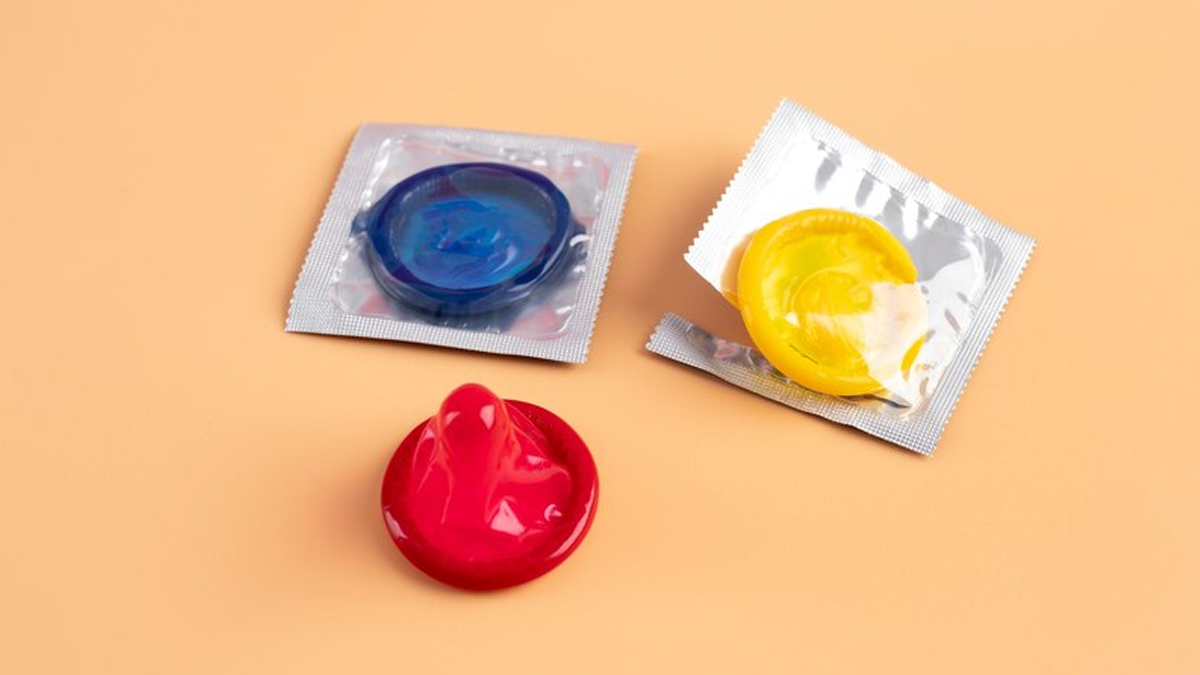
When it comes to preventing sexually transmitted infections (STIs), condoms are often the first line of defence. They are highly effective in reducing the risk of transmission, but are they completely reliable? Some infections can still be passed through skin-to-skin contact or other routes that condoms don’t fully protect against. To fully safeguard your sexual health, it's crucial to combine condom use with additional preventive measures. Here, we explore effective ways to protect yourself from STIs beyond condom use.
Table of Content:-
To understand other methods of protecting yourself from STIs, OnlyMyHealth interacted with Dr Sadhna Singhal Vishnoi, Senior Consultant – Obstetrics and Gynaecology, Cloudnine Group of Hospitals, New Delhi. Dr Singhal highlights: “Condoms are highly effective at reducing the risk of sexually transmitted infections (STIs), but they are not foolproof and may not cover all areas where infections can be transmitted.” To enhance protection against STIs, it's essential to incorporate additional safety measures. Here are six effective ways recommended by Dr Singhal to protect yourself from STIs.
1. Get Regular STI Testing
Why It Helps: Regular testing helps detect STIs early, even if you don't have symptoms, allowing for prompt treatment and reducing the risk of transmission.
According to a study published in The Lancet, individuals who underwent regular STI screening had significantly lower rates of transmission than those who relied solely on condom use. Regular testing also allows for early detection and treatment of asymptomatic infections like chlamydia or gonorrhoea, which can otherwise cause serious health complications if left untreated.

How to Do It: Schedule routine STI screenings based on your sexual activity and risk factors. Both partners should be tested before engaging in sexual activity.
2. Limit the Number of Sexual Partners
Why It Helps: Reducing the number of sexual partners can lower the likelihood of exposure to STIs.
A study found that individuals with fewer sexual partners were significantly less likely to contract STIs over time compared to those with multiple partners.
How to Do It: Practise mutual monogamy with a partner who has been tested and is free from STIs, or choose to limit sexual partners to reduce exposure risk.
3. Communicate with Your Partner

Why It Helps: Open communication about sexual health is crucial for making informed decisions. Discussing STI testing and history helps both partners to take the necessary preventive measures.
Dr Singhal emphasises, “Open communication about sexual health, STI status, and testing history ensures both partners are informed and can make safer decisions.”
How to Do It: Discuss STI testing and sexual health openly before engaging in sexual activity, and agree on preventive measures.
4. Vaccinations
Why It Helps: Certain vaccines can protect against specific STIs, such as human papillomavirus (HPV) and hepatitis B.
How to Do It: Get vaccinated according to health guidelines and recommendations. Consult with your healthcare provider about the vaccines that are right for you.
Also read: Healthy Practices To Curb The Spread Of STIs
5. Practice Safe Sex Beyond Condoms
Why It Helps: Combining condom use with other protective measures can reduce the risk of STI transmission.
How to Do It: Use barriers such as dental dams during oral sex, avoid sharing sex toys unless they are properly cleaned or covered, and consider pre-exposure prophylaxis (PrEP) for high-risk individuals.

6. Educate Yourself and Your Partner
Why It Helps: Understanding how STIs are transmitted, their symptoms, and preventive measures empowers individuals to take charge of their sexual health. Education reduces misinformation and stigma, helping people make safer choices.
According to Dr Singhal, “Knowledge about STI transmission and prevention allows individuals to make informed decisions.”
How to Do It: Participate in sexual health education sessions, whether through local healthcare providers or online resources. Sharing this knowledge with your partner(s) is also vital for mutual protection.
Conclusion
While condoms remain an essential tool in reducing the risk of STIs, they should not be relied upon exclusively. By incorporating additional protective measures such as regular testing, open communication, vaccinations, and education, you can significantly lower the risk of STI transmission and promote overall sexual health.
Also watch this video
How we keep this article up to date:
We work with experts and keep a close eye on the latest in health and wellness. Whenever there is a new research or helpful information, we update our articles with accurate and useful advice.
Current Version